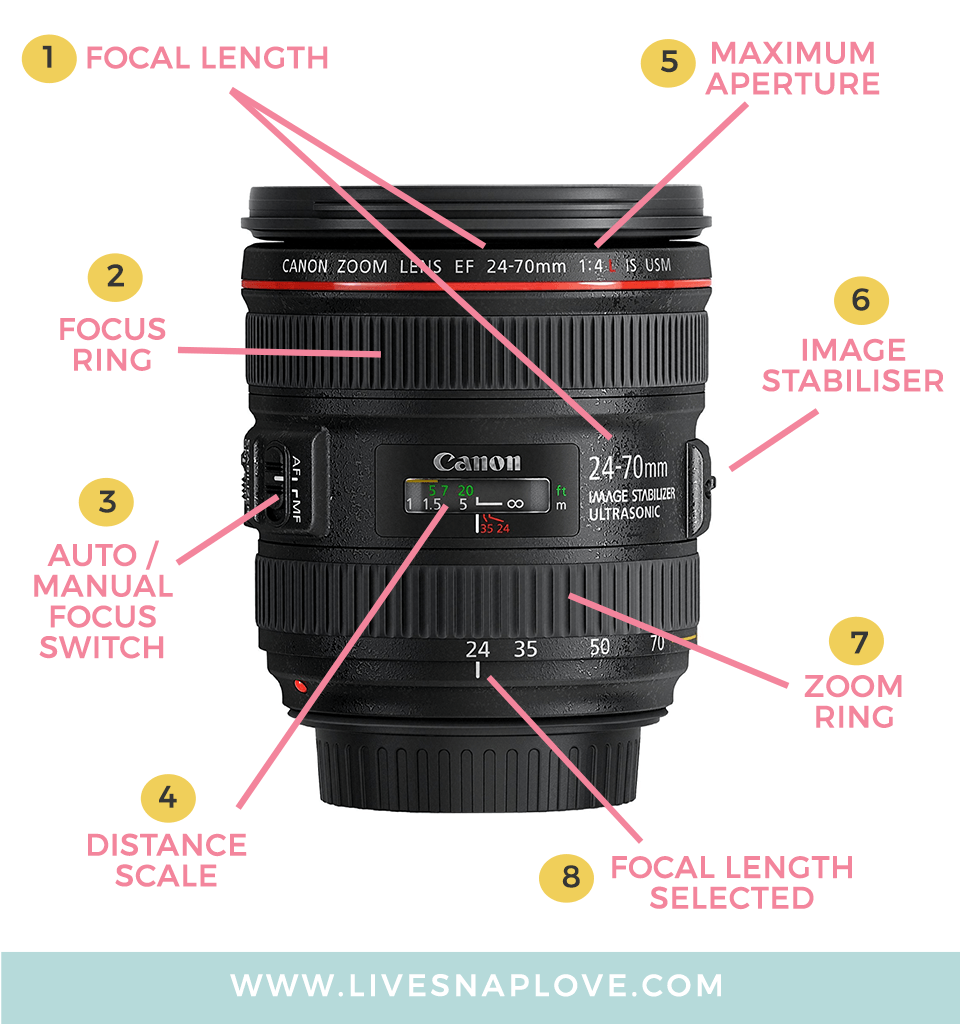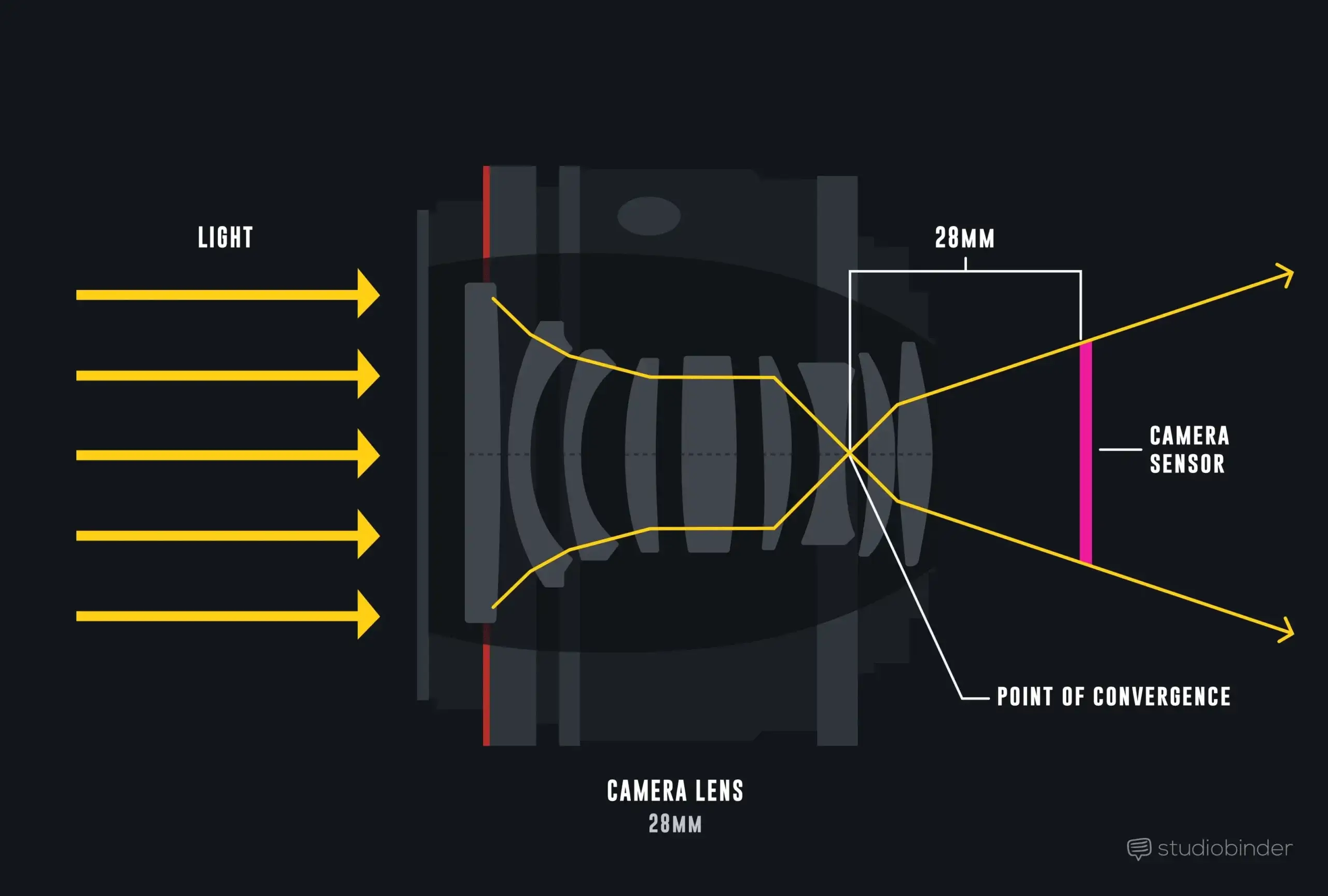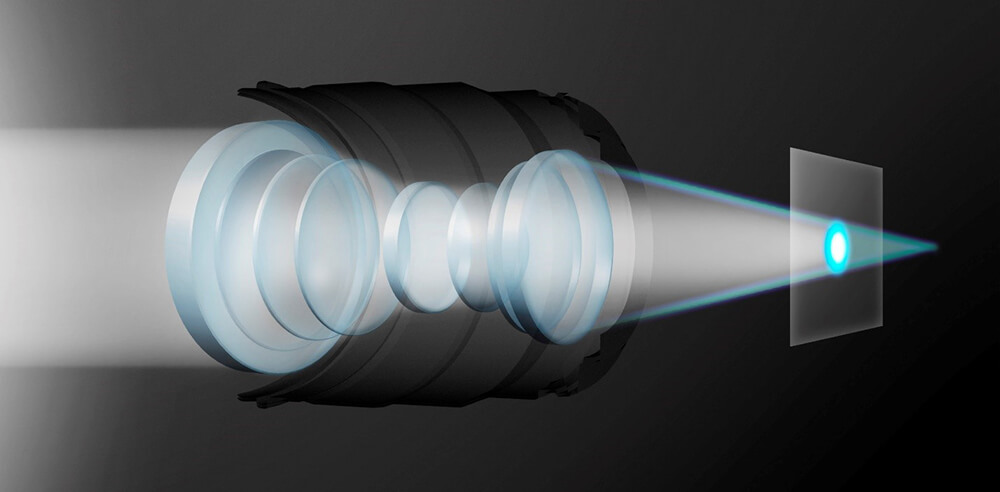Camera lenses focus light onto the sensor. They shape the image captured.
Lenses determine clarity, depth, and perspective in photos. Understanding camera lenses is key for great photography. Lenses are more than glass elements; they control how images are formed. Different lenses offer unique effects. Some magnify subjects, while others capture wider scenes.
The choice of lens affects how photos look, changing the mood and feel of images. From portraits to landscapes, lenses play a critical role in defining style. Exploring the functions and types of camera lenses can transform your photography skills. This guide will delve into the world of camera lenses, explaining their vital role in capturing stunning images. Discover how lenses work and the impact they have on your photography adventures.

Credit: livesnaplove.com
Table of Contents
Basics Of Camera Lenses
Camera lenses come in various types. Each type serves a different purpose. Prime lenses are fixed focal length lenses. They are often lighter and sharper. Zoom lenses allow you to change the focal length. You can zoom in and out easily. Wide-angle lenses capture a larger view. They are great for landscapes. Telephoto lenses bring far away objects closer. They are useful for wildlife photography. Macro lenses are used for close-up shots. They show tiny details clearly. Understanding these types helps in choosing the right lens for your needs.
Lenses have many parts. Glass elements are the main components. They focus light onto the camera sensor. Aperture controls how much light enters the lens. It is a small hole inside the lens. Focusing ring allows you to adjust focus. Lens mount connects the lens to the camera. Image stabilizer reduces blur from shaky hands. Each part plays a vital role in capturing clear photos.

Credit: www.studiobinder.com
Focal Length And Its Impact
Wide-angle lenses capture more of the scene. They are great for landscapes. Buildings look big and impressive. These lenses have a short focal length. They make objects appear smaller. This helps fit more into the picture. It is perfect for tight spaces. It is also useful for group photos. Everyone can fit in the frame. This lens creates a sense of depth. It draws the viewer into the scene.
Telephoto lenses bring distant objects closer. They have a long focal length. These lenses are ideal for wildlife photography. Animals look clear and detailed. They also work well for sports events. Athletes appear closer and sharper. Telephoto lenses isolate subjects from their backgrounds. This makes the subject stand out. They are excellent for portraits too. Faces look crisp and expressive.
Aperture And Depth Of Field
Aperture is the opening in a camera lens. It controls how much light gets in. Small aperture lets in less light. Large aperture lets in more light.
Aperture is measured in f-stops. A small f-stop means a large aperture. A large f-stop means a small aperture. F-stop numbers are important. They help you set the camera.
Depth of field is how much of a photo is in focus. Large apertures give a shallow depth of field. Only part of the picture is sharp. Small apertures give a deep depth of field. More of the picture is sharp.
Changing aperture affects your photos. Portraits need shallow depth for focus on faces. Landscapes need deep depth for focus on the scene.
Lens Distortion And Correction
Camera lenses can cause distortion. Distortion changes how images look. Barrel distortion makes images curve outward. Pincushion distortion makes images curve inward. Mustache distortion is a mix of both. Distortion affects photo quality. It’s important to know these types. Knowing helps fix them.
Software can correct distortion. Lens correction tools help. These tools adjust images. They make lines straight. Manual adjustments can fix distortion too. Photographers use these methods often. They improve image quality. Camera settings also help. Settings reduce distortion. It’s good to use them. Always check images after taking them.
Importance Of Lens Quality
Lens material greatly affects photo clarity. Glass lenses are the best. They offer sharp images. Plastic lenses are cheaper. But, they might scratch easily. Stronger materials last longer. They give better performance too. Coatings on lenses are important.
Coating and its benefits are crucial. Coatings reduce glare. Glare can spoil photos. They also help in low light. Coatings improve light transmission. This means brighter images. Coatings can be multi-layered. More layers mean more benefits. Always choose lenses with good coatings.
Choosing The Right Lens
Different lenses fit different photo styles. Wide-angle lenses are great for landscapes. They capture more in one shot. Portrait lenses focus on people. They make faces look clear and nice. Macro lenses help in taking close-up pictures. They show tiny details in nature. Choosing the right lens helps in taking better pictures.
Lenses can be expensive. Some are cheaper but still good. Set a budget before buying. Look for deals and discounts. Quality lenses last longer. They give better pictures. Sometimes, used lenses are cheaper. Check if they work well. Lenses are an important part of a camera kit.
Maintenance And Care
Camera lenses need gentle care. Use a soft brush to remove dust. A microfiber cloth helps in wiping the glass surface. Avoid using rough materials. They can scratch the lens. Lens cleaning solution is useful for stubborn marks. Apply the solution on the cloth, not directly on the lens. Clean in circles. This prevents streaks. Always be gentle. Handle the lens with care. A clean lens means better photos.
Store lenses in a dry place. Humidity can damage them. Use lens caps to protect the glass. They keep dust away. A padded camera bag is ideal. It provides safety during travel. Avoid direct sunlight on stored lenses. Heat can affect their quality. Keep silica gel packs in the bag. They absorb moisture. Check storage conditions regularly. This ensures lens longevity.

Credit: www.canon.com.au
Innovations In Lens Technology
Camera lenses have changed a lot over the years. New materials make them lighter. Better coatings help reduce glare. This means clearer photos. Autofocus systems are now faster and more accurate. Many lenses have image stabilization. This helps take steady pictures. Even in low light, cameras work better. Some lenses can even adjust for different light conditions. This makes colors look brighter and more real.
Future lenses will have more smart features. Artificial intelligence may help focus on subjects. This will make taking pictures easier. Zoom lenses might get smaller and lighter. Cameras will fit in your pocket. New lenses may connect to phones. This will let you control them easily. Photographers will have more creative choices. They can take better photos with less effort.
Frequently Asked Questions
Does A Lens Improve Camera Quality?
A lens can significantly enhance camera quality by improving clarity, sharpness, and focusing capabilities. Different lenses offer various effects, like zoom or wide-angle, enhancing photographic creativity. High-quality lenses capture more light, reducing noise and improving image resolution. Investing in a good lens can elevate your photography experience substantially.
What Does A Lens Do For Cameras?
A camera lens focuses light onto the camera sensor, capturing sharp and clear images. It determines image quality, depth of field, and zoom capabilities. Lenses also affect exposure, enabling photographers to shoot in various lighting conditions. Choosing the right lens enhances creative possibilities and overall image composition.
Is A 1.4 Or 2.8 Lens Better?
A 1. 4 lens offers better low-light performance and shallower depth of field compared to a 2. 8 lens. The 2. 8 lens is lighter and more affordable. Choose based on your needs: low-light and bokeh (1. 4) or portability and cost (2.
8).
Can A Camera Work Without A Lens?
Yes, a camera can work without a lens, but it captures blurry images. The lens focuses light onto the sensor, creating clear images. Without a lens, the camera may produce abstract photos. Pinholes or alternative lens types can be used for creative photography without a traditional lens.
Conclusion
Lenses are crucial for capturing stunning photos. They shape the image by controlling light. Different lenses offer unique effects and perspectives. Wide-angle lenses capture vast landscapes. Portrait lenses highlight faces beautifully. Macro lenses reveal tiny details. Choosing the right lens can enhance your photography skills.
Understand your needs and experiment with various options. Each lens brings its own magic to the frame. Keep exploring and learning. Discover how lenses impact your camera’s performance. Capture moments with clarity and creativity. Photography is an art that grows with practice and the right tools.